According to preliminary statistics from the Customs Department, as of August 15, Vietnamese enterprises had exported nearly 5.88 million tons of rice, earning more than 3 billion USD. The average rice export price reached nearly 512 USD/ton.
Notably, data from the Vietnam Food Association shows that Vietnam's rice export prices are going against the trend compared to competitors such as Thailand, India and Pakistan.
Specifically, the export price of 5% broken rice from Vietnam in the trading session on August 19 continued to increase by 5 USD/ton, reaching nearly 400 USD/ton. Meanwhile, the export price of the same type of rice from Thailand decreased to 354 USD/ton, from India to 376 USD/ton and from Pakistan to 355 USD/ton.
Vietnam's rice price is currently the highest among the top four exporting countries, surpassing Thailand by 45 USD/ton, India by 23 USD/ton and Pakistan by 44 USD/ton.
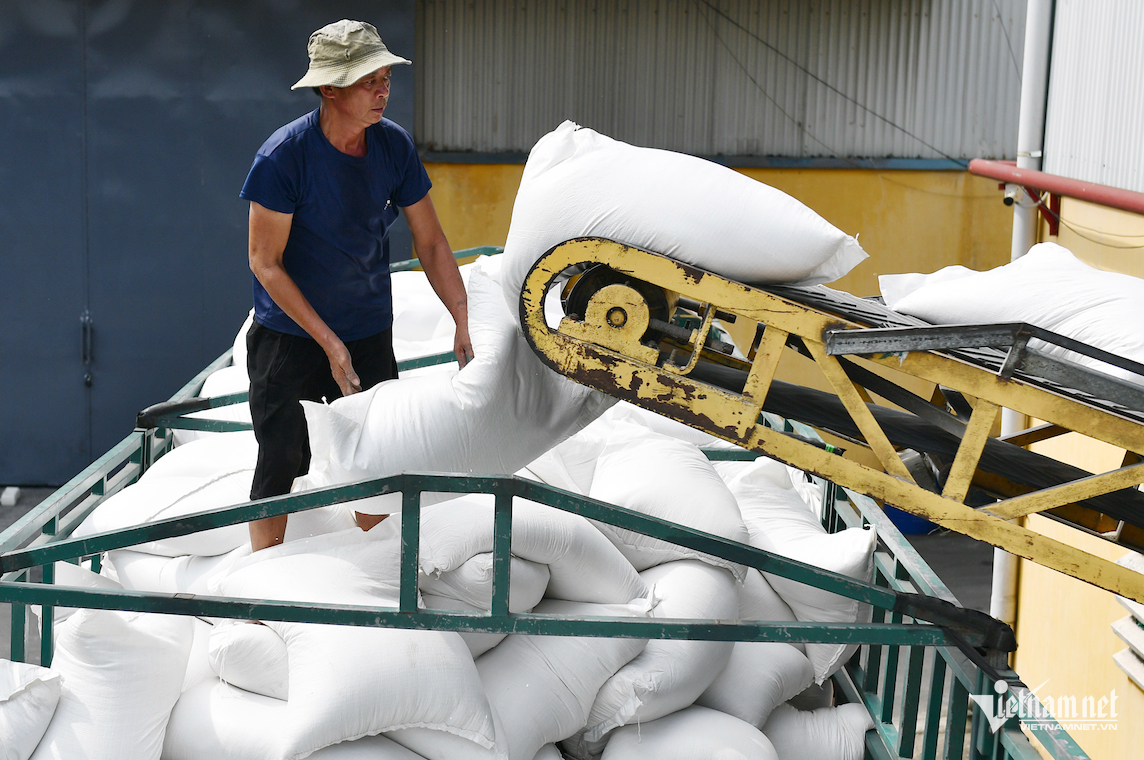
Vietnam's rice export price far exceeds that of its competitors. Photo: Hoang Ha
Not only is Vietnamese rice sold at high prices, but recently, the Thai Rice Exporters Association said that Vietnam has surpassed Thailand to become the world's second largest rice exporter in the first 6 months of this year.
This achievement clearly reflects the shift from "large exports" to "valuable exports", creating increasingly clear competitive advantages.
However, to maintain its position, the Vietnamese rice industry still faces many challenges: risks from saline intrusion, drought and climate change affecting output; technical barriers from demanding markets such as the EU and Japan.
In the context of weak global demand or strong price cuts from competitors, Vietnam's price competitiveness may be narrowed. This requires a long-term strategy, shifting the focus from increasing output to improving product value.
In the long term, the sustainable direction must be to shift to exporting high-quality, organic rice, traceability and building a national brand. Otherwise, the current second position may just be a short-lived "wave peak" amid the cycle of oversupply and global climate change.
Regarding rice export, the Government Office recently issued a document conveying the direction of Prime Minister Pham Minh Chinh, assigning the Ministry of Agriculture and Environment to study the above information; preside over and coordinate with relevant agencies to have a specific plan to handle it immediately according to their authority.
Along with that, taking advantage of opportunities, implementing rice exports more "speedily", especially high-quality rice and organic rice, associated with the traceability system and building a national rice brand to increase added value in rice exports.
At the same time, accelerate the implementation of the Project on sustainable development of 1 million hectares of high-quality and low-emission rice cultivation associated with green growth in the Mekong Delta by 2030.
Vietnamnet.vn
Source: https://vietnamnet.vn/gia-gao-viet-nam-tiep-da-tang-manh-vuon-len-muc-dat-do-nhat-the-gioi-2434123.html



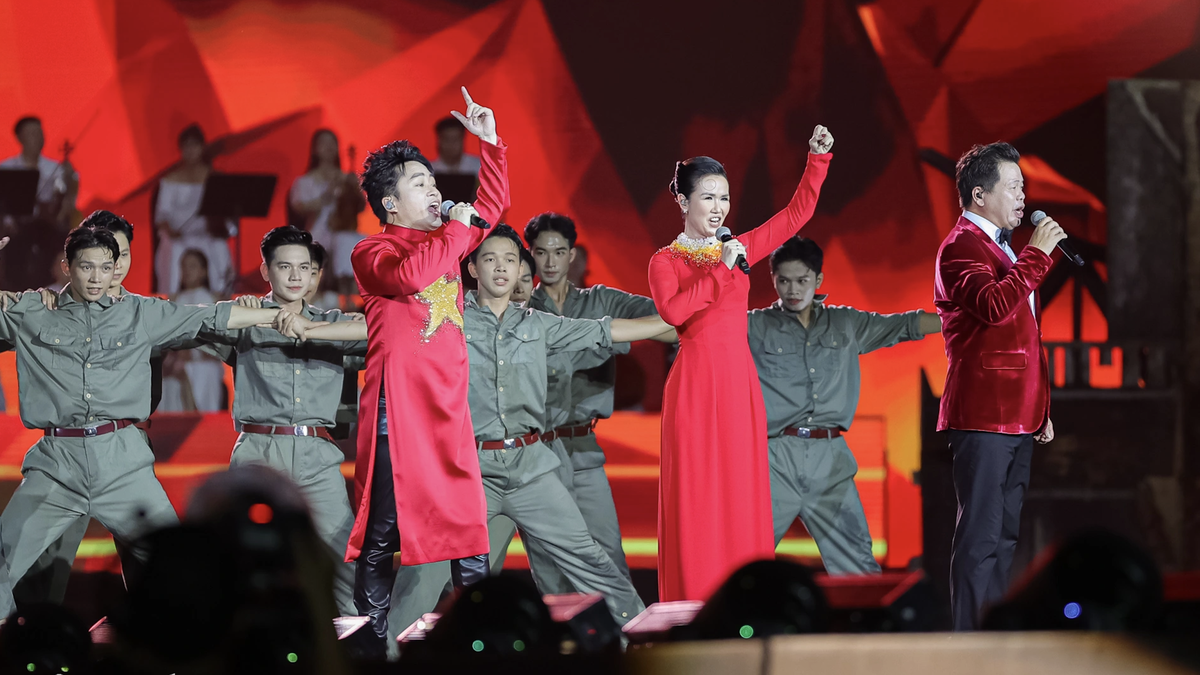
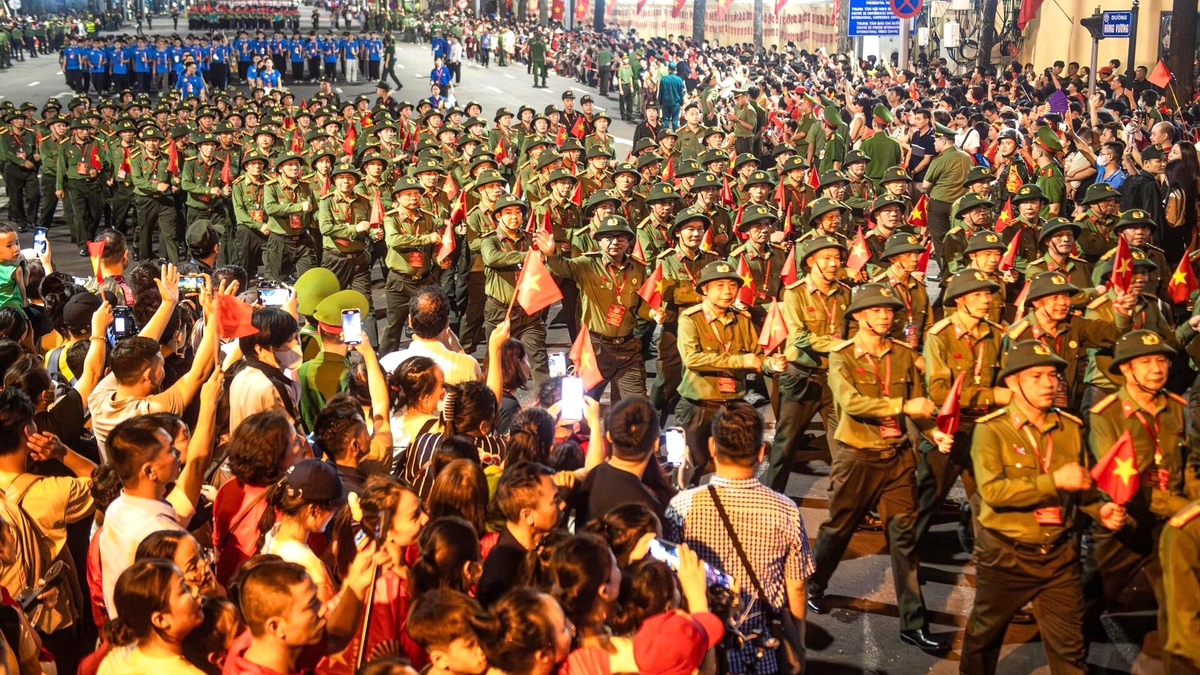

![[Photo] President Luong Cuong receives delegation of the Youth Committee of the Liberal Democratic Party of Japan](https://vphoto.vietnam.vn/thumb/1200x675/vietnam/resource/IMAGE/2025/8/22/2632d7f5cf4f4a8e90ce5f5e1989194a)

![[Photo] Prime Minister Pham Minh Chinh chairs the conference to review the 2024-2025 school year and deploy tasks for the 2025-2026 school year.](https://vphoto.vietnam.vn/thumb/1200x675/vietnam/resource/IMAGE/2025/8/22/2ca5ed79ce6a46a1ac7706a42cefafae)
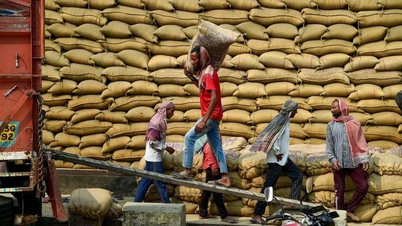



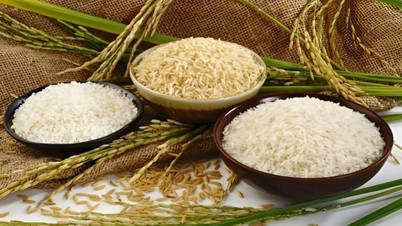

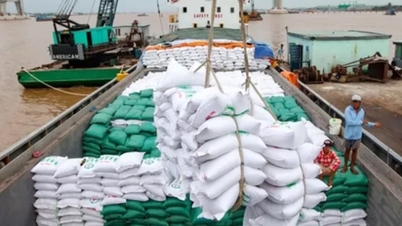

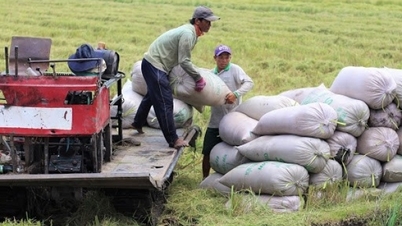




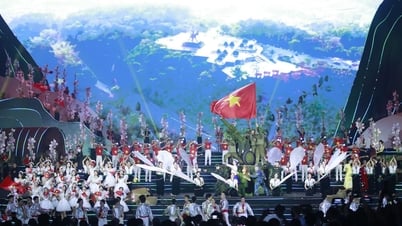

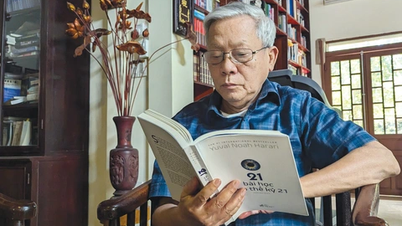
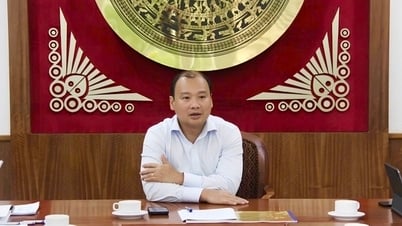

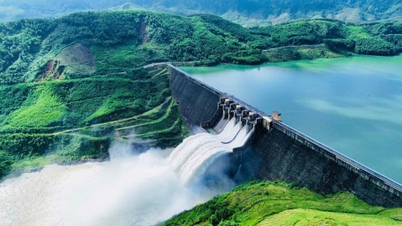






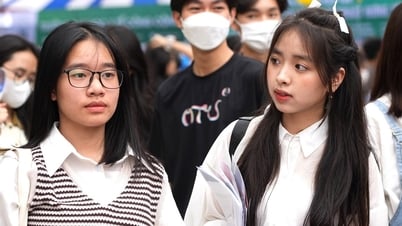



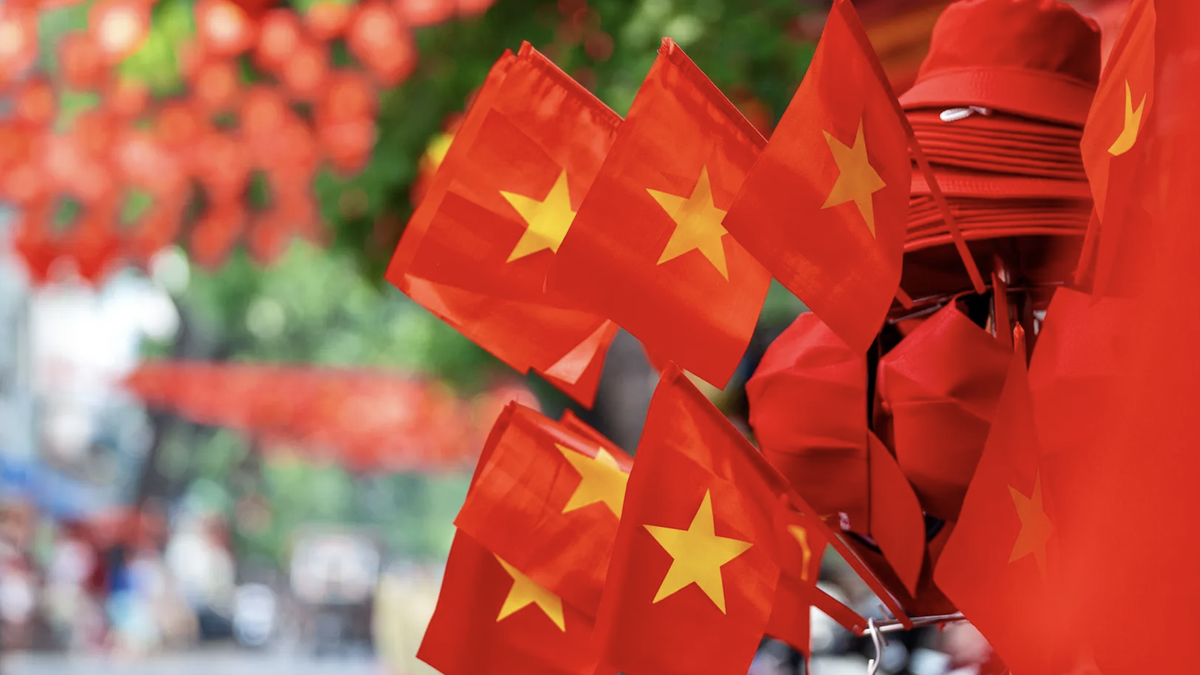






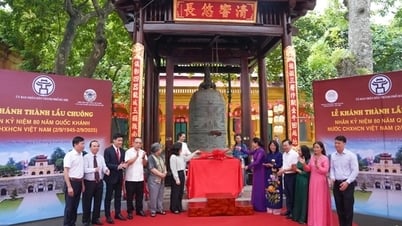

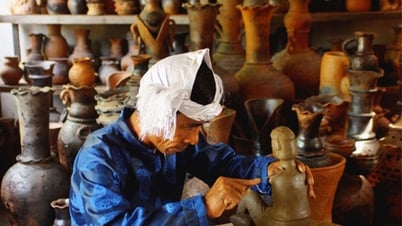


















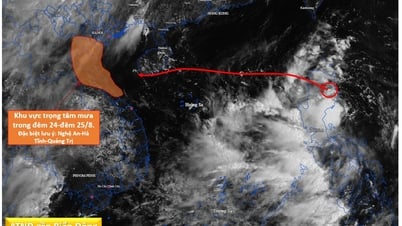
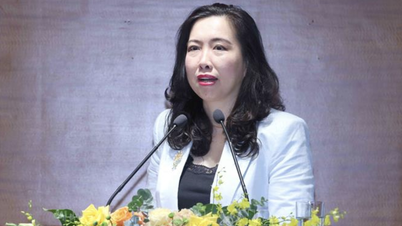


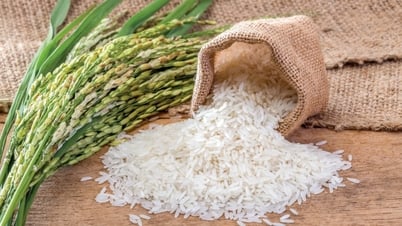


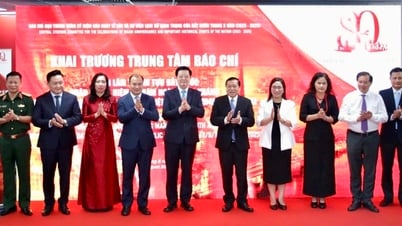






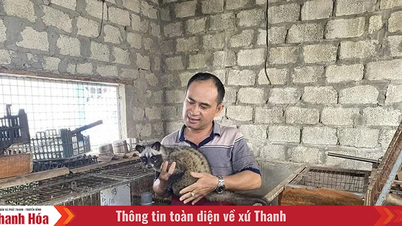

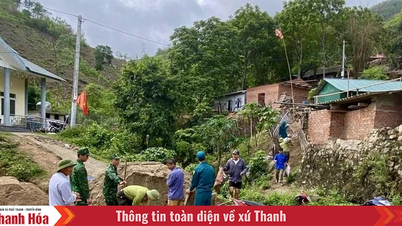
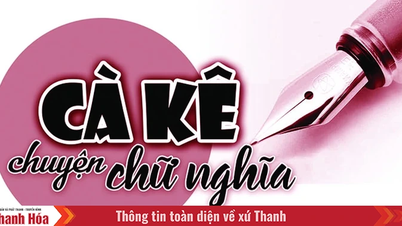
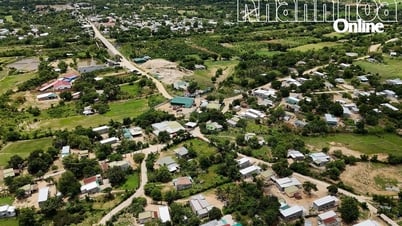

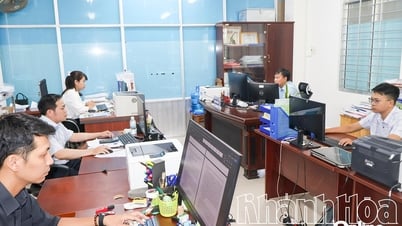






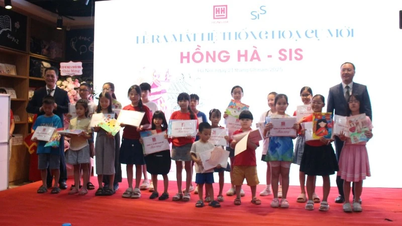



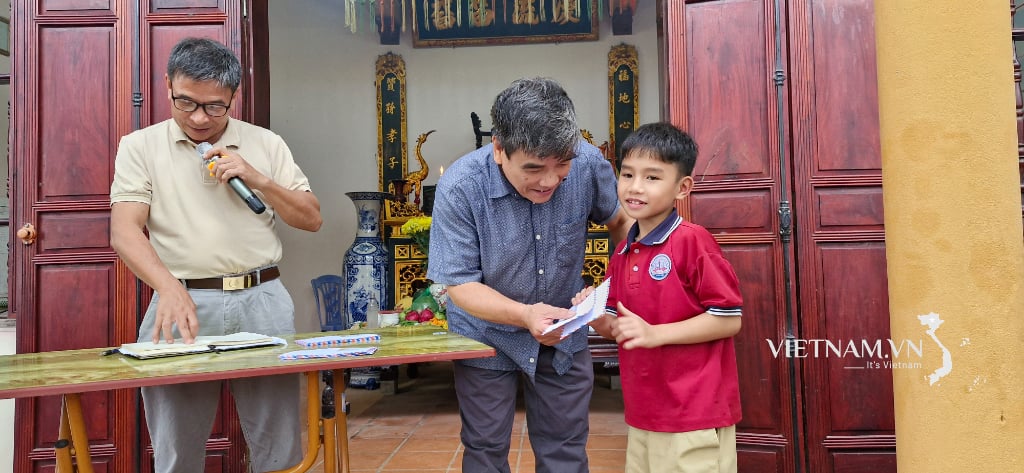
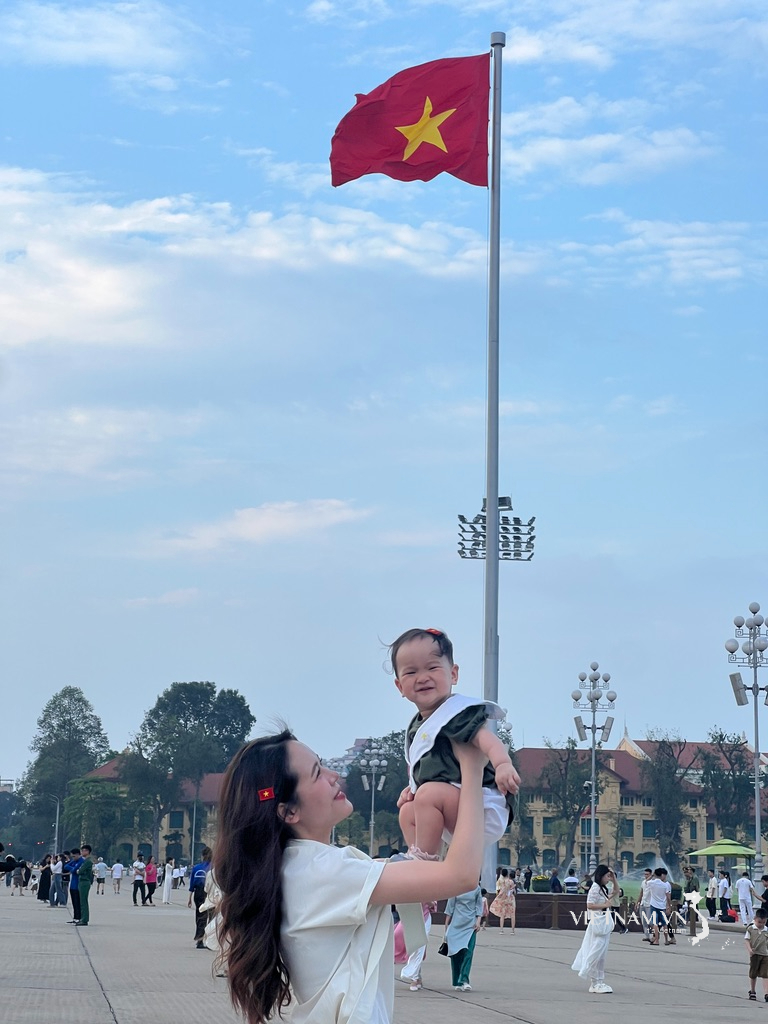


Comment (0)